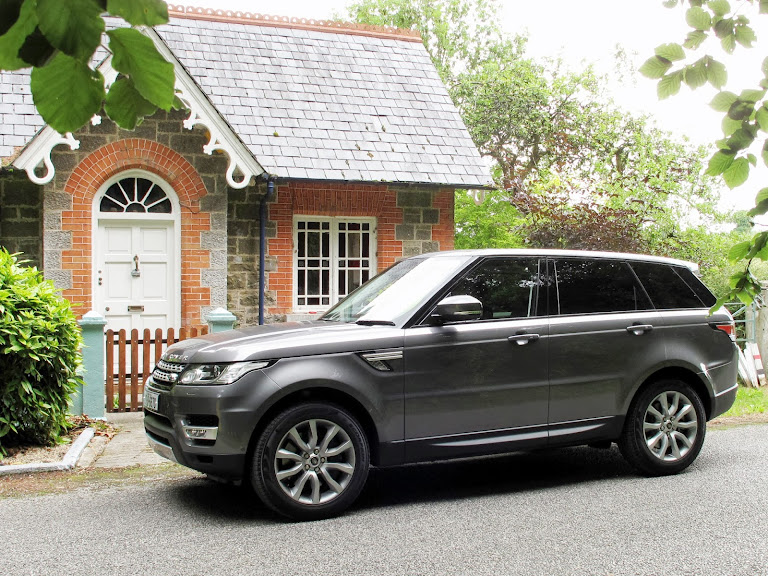It won't be on sale here for some time yet, but I can already say that the new Range Rover Sport will prove to be yet another winner for Land Rover's premium brand, writes Brian Byrne.
I spent all of yesterday in the first one brought to Ireland, just to get a taste of the changes and improvements that have pushed the newest Range Rover to potentially top of its class.
First, a declaration of interest. I have driven Land Rovers and Range Rovers in lots of fascinating places, from Iceland to Bolivia to Argentina, and also in North Africa, Thailand and Laos. I am a fan. The second generation of the Range Rover Sport is likely to keep me one.
The first one had shortcomings, mainly because it was built on a shortened version of the Discovery 3 platform. The main complaint was somewhat tight room in the back, but that didn't stop it from becoming the most successful model in the Range Rover brand, with some 415,000 units sold up to the middle of this year, since its launch in 2005.
The second generation Sport was developed in tandem with the recent brand new full-size new Range Rover, and uses that vehicle's all-aluminium monocoque build system. Like its bigger sibling, that means there's been a substantial weight loss, of up to 420kg compared to the older version. Trimming of that magnitude means much better fuel efficiency as well as better handling.
The new car has all the style cues of the modern Range Rover, and there are strong signals of the previous Sport in the raked rear window. It is longer than the earlier version, and wider too, but significantly shorter than the full-size Range Rover, and lower. This version has a more steeply raked windscreen, helping aerodynamics. Overhangs front and rear are less.
In its own segment the new Range Rover Sport has a smaller footprint than some of its competition, but more interior space thanks to a wheelbase 179mm longer than previously. The inside style and finish maintains the strong architectural look of the brand, with top-grade wood and metal trims. A completely new and very large touchscreen mounted high on the centre stack offers systems management in a coherent way, and helps to substantially lessen the number of buttons and switches on the dashboard. The main instruments have larger graphics than before, and there's a useful information patch between them which offers repeater navigation instructions, and off-road information when out in the wild.
The Terrain Response system that debuted on the Discovery 3 has been significantly improved and in its latest form can operate completely automatically as well as providing manual choice.
The engine in my car was the 292hp SDV6 diesel, one of two power units which will be available at launch. The other is a 510hp 5.0 V8 supercharged petrol. Upcoming are a 258hp V6 diesel and a 339hp V8 diesel. A diesel hybrid is coming next year, and there are promises of a highly-efficient 4-cylinder engine down the road.
 For my day with the new Sport I took it along motorways of Kildare and through the hilly and narrow side roads of Laois and Offaly, but decided not to take it offroad until I have more time with the car. I've driven the full-size new Range Rover a few times in different conditions, abroad and at home, and the Sport shows similar all-round improvements that I found with the larger car.
For my day with the new Sport I took it along motorways of Kildare and through the hilly and narrow side roads of Laois and Offaly, but decided not to take it offroad until I have more time with the car. I've driven the full-size new Range Rover a few times in different conditions, abroad and at home, and the Sport shows similar all-round improvements that I found with the larger car.Among them is much less lean on bends and a much tidier driving experience than with the outgoing car. Smooth acceleration with the new 8-speed automatic is seamless and gives an instant response to demand from the right foot. Combined with an enhanced luxury finish, the new Sport will offer a premium experience with a capability for offroad that no competitor is likely to match.
But then again, I'm a fan. No prices yet, but stay tuned. I'll give it a more thorough test and review in due course. Meantime, I had a fun day.




